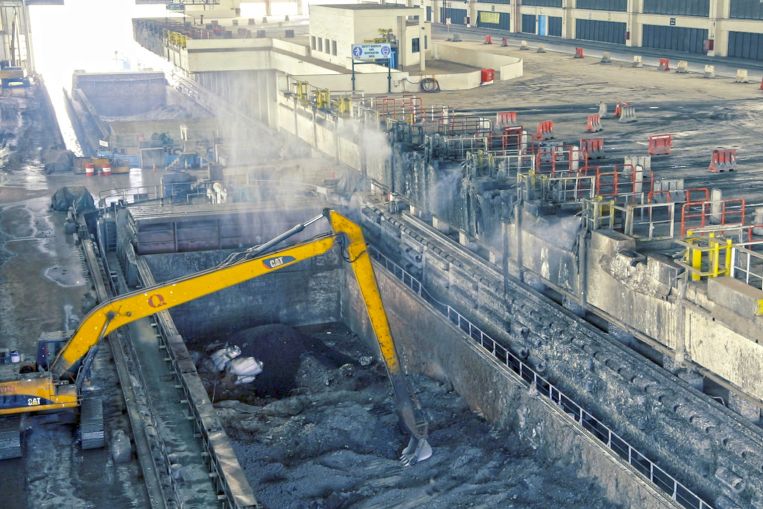



















Encouraged by the false promise that such initiatives generate green electricity, people are less compelled to conserve energy when they in fact, Waste-to-energy only accounts for 3% of Singapore's electricity needs.
Likewise, they provide no impetus to reduce waste volumes or advocate responsible recycling. Singapore has extremely low recycling rates and creates massive waste volumes for such a small city-state.
Unnecessary demand for virgin materials, resulting in lost and wasted resources.
They could smother innovation in waste management, including upcycling waste into other, higher-value products besides electricity, or hinder the transition to more renewable energy sources.
Incineration typically leads to increased carbon emissions and air pollution, and could potentially pose a health hazard, although experts from the NEA claims that Singapore's waste-to-energy technology is environmentally and health-friendly
Recycling rates are extremely low, and much of it is exported
Despite awareness-raising campaigns to encourage a 3R (reduce, reuse and recycle) mindset, and designating 2019 as a ‘Year towards zero waste , the domestic recycling rate decreased from 22% in 2018 to 17% in 2019, while the non-domestic recycling rate decreased from 75% in 2018 to 73% in 2019– only 4% of plastic and 18% of food is recycled in the city-state.
Most of Singapore's recycling is exported abroad for processing, including Australia, China, India, Indonesia, Malaysia, South Korea or Thailand. However, recent government decisions by countries like China or Indonesia to cut their imported waste means that an increasing amount of Singapore s recyclable trash ends up being incinerated. According to many industry experts, running a domestic recycling operation in Singapore is not financially feasible, and there is little transparency on what happens with the exported recyclables.

40% of trash placed into recycling bins are contaminated, and thus incinerated
There is also limited awareness and education on the dos and don'ts of recycling, and many are not conscious that a recyclable item has to be washed or rinsed to avoid liquid or food contamination.
According to a 2018 study by the Singapore Environment Council (SEC), 70% of respondents did not fully know which items were considered recyclable.
Under Singapore s National Recycling Programme, the government provides commingled recycling bins to all residential estates where glass, plastic, paper and metal are collected together, which further increases the risk of contamination if consumers do not recycle correctly.
Find out more if you would like to know about waste management